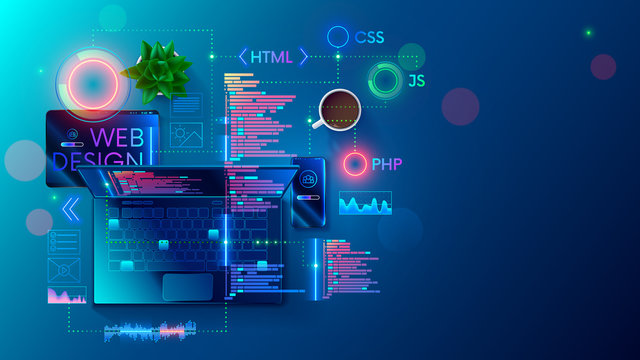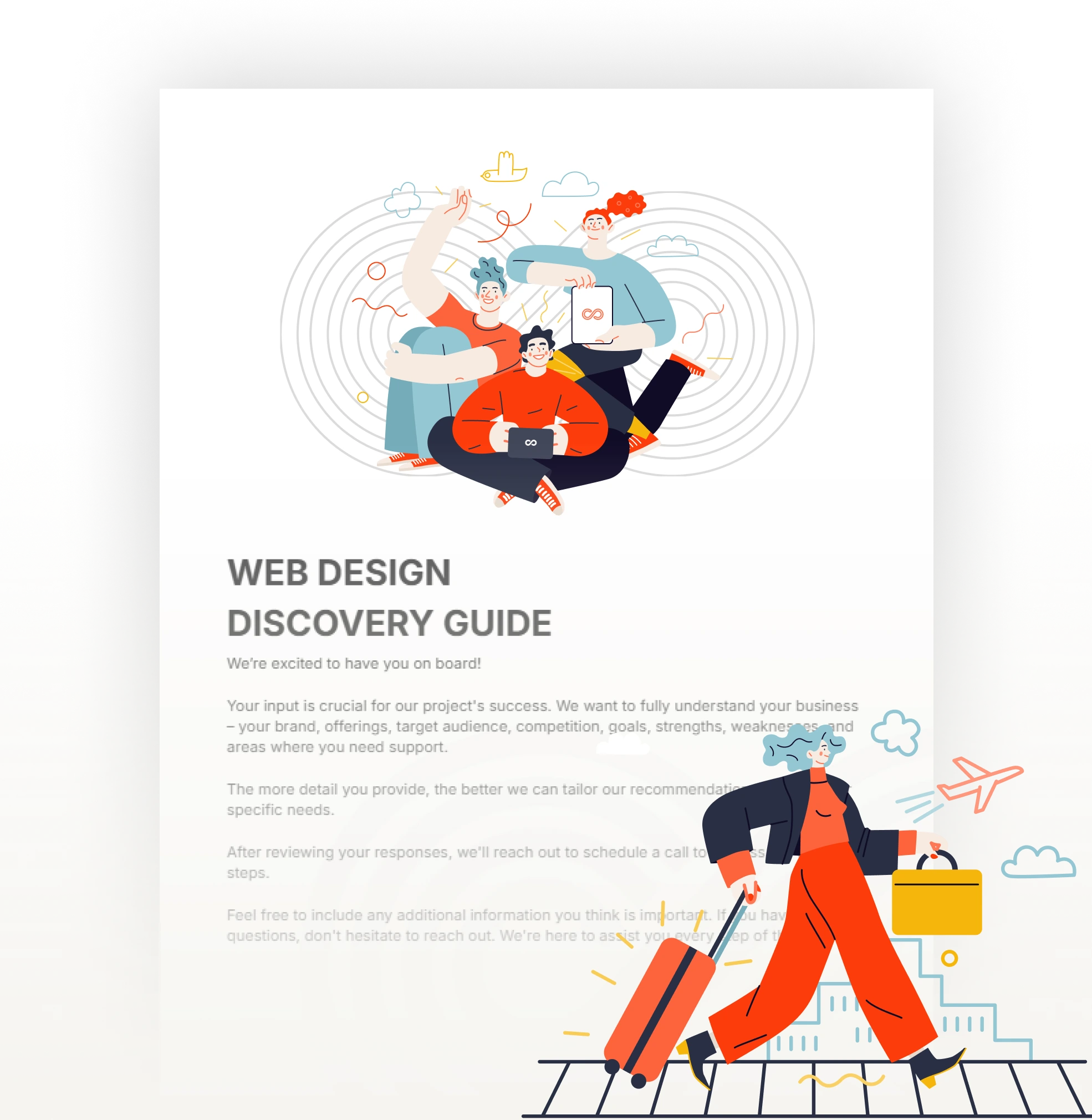Aligned Position Web Design: Tailor-Made Web Design Solutions for Maximum User Engagement
Aligned Position Web Design: Tailor-Made Web Design Solutions for Maximum User Engagement
Blog Article
The Very Best Sorts Of Web Design to Boost Individual Experience and Involvement
In the ever-evolving landscape of digital interaction, the effectiveness of Web style substantially affects user experience and engagement. Numerous design methods, such as minimalist, responsive, and interactive layouts, each offer unique advantages that can cater to diverse user needs.
Minimalist Web Design
As digital landscapes end up being progressively messy, minimalist Web layout has actually become an effective strategy to boosting user experience. This style approach prioritizes simplicity, focusing on important components while removing unneeded diversions. By using adequate white area, straightforward navigation, and a limited shade scheme, minimal design fosters clarity and guides customer attention to crucial material.
The core principle of minimal website design is to develop a smooth interaction for users. By lowering cognitive load, users can promptly realize info without feeling bewildered. This direct technique not only boosts functionality however also urges involvement, as site visitors are most likely to check out a site that is easy and aesthetically appealing to browse.
Additionally, minimalist design commonly emphasizes typography and imagery, using these components tactically to convey messages successfully. In significance, minimal Web layout is not just a fad; it is a thoughtful approach that acknowledges the significance of user-centered style.
Receptive Website Design
In today's diverse digital setting, receptive website design has become important for producing a smooth individual experience throughout a plethora of tools. As individuals accessibility websites on smartphones, desktop computers, laptop computers, and tablets, the capacity of a website to adjust its format and web content to various display dimensions and resolutions is essential.
Responsive website design uses flexible grids, images, and CSS media queries to ensure that Web material is provided efficiently, despite the tool made use of. This technique not just enhances the visual appeal of a website however additionally substantially enhances usability. Users are more likely to engage with a website that provides a constant experience, as it eliminates the aggravation of having to focus or scroll excessively.
In addition, search engines, consisting of Google, prioritize mobile-friendly websites in search positions. By adopting receptive design, organizations can enhance their visibility and get to a wider target market. This strategy additionally streamlines website upkeep, as a single version of the site can satisfy all tools, lowering the requirement for multiple versions. In recap, responsive Web style is a basic method that boosts individual experience, involvement, and overall contentment.
Interactive Website Design
Responsive Web layout lays the groundwork for improving customer experience, yet interactive website design takes this an action better by engaging individuals in an extra dynamic means - Aligned Position Web Design. By incorporating elements such as computer animations, clickable models, and real-time feedback, interactive website design mesmerizes customers, attracting them into a richer browsing experience
This strategy not just fosters interaction however likewise urges users to check out content proactively instead than passively eating it. Strategies such as gamification, where users make benefits for completing tasks, can dramatically boost the moment spent on a site and improve overall fulfillment. Interactive features can simplify complex information, making it more absorbable and delightful.

Integrating interactive design aspects can additionally result in higher conversion prices, as customers are a lot more most likely to engage with a site that proactively involves them. Aligned Position Web Design. Eventually, interactive Web design transforms customer experiences into unforgettable trips, ensuring that visitors return time and once again
Flat Style
Defined by its minimalistic strategy, level design highlights simpleness and performance, removing unneeded components and concentrating on essential functions. This style approach focuses on functionality, making sure that customers can browse interfaces effortlessly and efficiency. By employing a clean visual, level layout eliminates the mess often found in more luxuriant designs, therefore boosting customer concentrate on material and functionality.
The hallmark of flat layout hinges on its use strong colors, easy typography, and geometric shapes. These components add to a visually attractive interface that is both approachable and modern. Additionally, level style promotes a sense of quality, enabling users to discern crucial actions and info without disturbance.
In addition, level design is particularly reliable in receptive Web layout, as its simplicity translates well throughout various tools and display sizes. The lack of complex textures and slopes reduces loading times, which is vital for preserving customer interaction. As electronic landscapes continue to evolve, level design stays a pertinent option for creating straightforward sites that sites enhance overall experience. By focusing on important attributes, flat layout not only fulfills user demands but likewise encourages seamless communication, making it a vital element of effective Web style strategies.
Adaptive Web Design
Adaptive Web style tailors the customer experience by creating multiple repaired designs customized to various display dimensions and devices. Unlike responsive style, which fluidly readjusts a single layout, adaptive design employs unique designs for specific breakpoints, guaranteeing ideal presentation on different platforms. This technique enables designers to concentrate on the special features of each tool, boosting use by supplying specifically what customers require based upon their context.
Among the main advantages of adaptive website design is its ability to maximize lots times and efficiency. By serving tailored content and photos that fit the user's device, sites can minimize data use and enhance loading rates. This is especially helpful for individuals with slower connections or limited information plans.

Furthermore, flexible style promotes a more regulated and consistent branding experience. Since designers develop multiple layouts, they can guarantee that the aesthetic elements line up with the brand name's identity across different platforms - Aligned Position Web Design. This causes a natural user experience, improving involvement and advertising user retention
Final Thought
Minimal design promotes clearness and focus, while responsive design guarantees adaptability across numerous devices, promoting accessibility. Collectively, these design approaches add to the creation of straightforward environments that not only boost complete satisfaction however likewise drive higher conversion prices, emphasizing their vital relevance in modern Web design useful content methods.

Minimal design cultivates clarity and focus, while receptive layout makes certain flexibility across various devices, advertising accessibility. try here Jointly, these design approaches contribute to the production of easy to use atmospheres that not only enhance fulfillment yet likewise drive greater conversion prices, highlighting their crucial relevance in modern Web design strategies.
Report this page